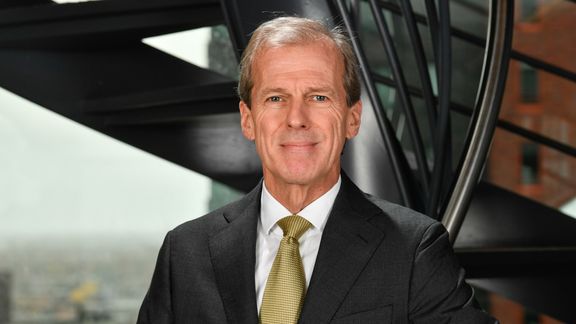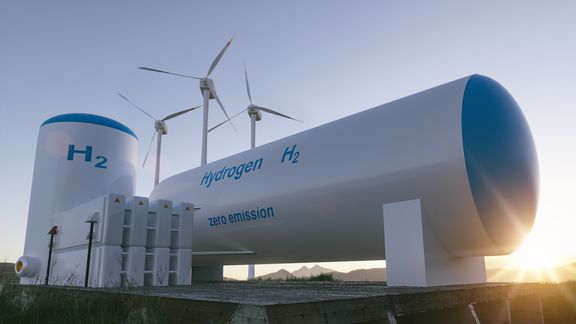‘Hydrogen: the challenges of a whole new system’
Column by: Allard Castelein, CEO of the Port of Rotterdam Authority
Hydrogen is a key element in our strategy to reduce greenhouse gas emissions and make the industry much more sustainable and circular. It’s both a challenging and inspiring task to transform a port like ours into a carbon-neutral port. Let’s look at some of the challenges.

Green versus blue hydrogen
Several years ago, I expected that blue hydrogen would be the first step towards creating a hydrogen economy, and I’m still convinced that blue is vital if we are to achieve our climate goals. However, I’ve since felt the positive vibe around green. In society at large, everybody seems enthusiastic about green hydrogen, but scientists, people in the industry and governments are aware that it takes time to produce the volumes of green hydrogen that we need. So, the in-crowd, as I like to call people with knowledge of our energy system, view CCS as essential to achieving the 2030 goals. And a start must be made towards greening an industry that can produce large-scale, efficient electrolysers. I’m therefore convinced that we need both green and blue hydrogen projects to achieve the climate goals: blue to fulfil the 2030 ambitions and green to achieve the 2040 and 2050 goals.
Certification of hydrogen
Certification of hydrogen is essential. Both green and blue hydrogen will be more expensive than grey hydrogen or natural gas. They will therefore only be sold to a market which is willing to pay a premium in recognition of its lower carbon footprint. For this, an internationally recognised certification system is essential. Creating a system that is acceptable to all players is challenging and takes time to implement. Because it takes a long time to draft new regulations, we need to step up our pace. The industry must assist and support the public authorities in this.
Hydrogen projects in Rotterdam
I’m convinced that Rotterdam is the place to be for green hydrogen, blue hydrogen, hydrogen imports and strategic storage. As a port, we are willing to invest in infrastructure, in premises and so on. We have a range of on-going projects, spanning the whole value chain, even including the setup of a marketplace for hydrogen.
- Together with the Dutch authorities we’re working towards 7.4 GW of windfarms in the North Sea, connected to the port by 2030.
- Some five electrolyser projects are being developed by different companies, which will lead to 500 MW electrolyser capacity being operational several years before 2030.
- We’re working on a pipeline within the port area, connecting producers, import facilities and end-users.
- We’re exploring a direct pipeline connection between Rotterdam and North Rhine-Westphalia to supply the industrial heartland of Germany with hydrogen.
- And last but not least: we’re active in setting up trade lanes for the import of hydrogen from all over the world to Rotterdam.
I expect the first FIDs to be taken this spring, and that both substantial local production of green hydrogen and imports will start in 2024 here in Europe’s Hydrogen Hub.

World Hydrogen Summit
The challenges of creating a new system are present. But together, we can create this new system, which is sustainable and profitable. The World Hydrogen Summit that we’re organising together with the Sustainable Energy Council, the province of Zuid-Holland and the City of Rotterdam will be a great meeting place for everybody involved in hydrogen projects and policy in this part of the world. I hope and expect that by hosting this annual summit here in Rotterdam, we can give an extra boost to our projects.